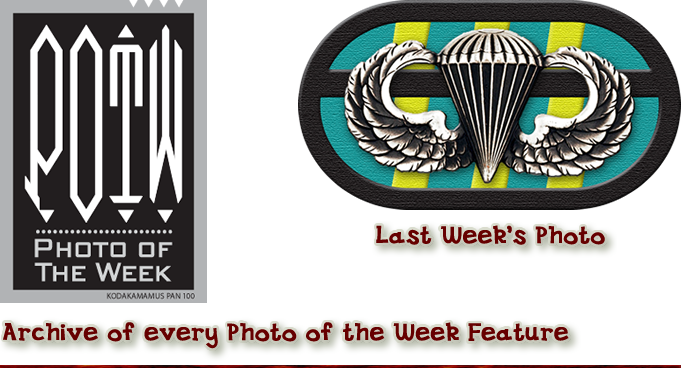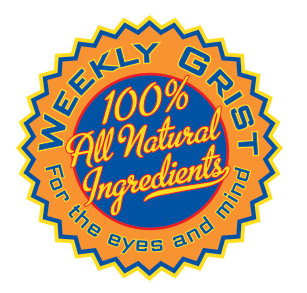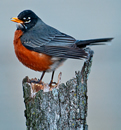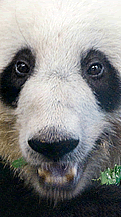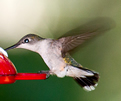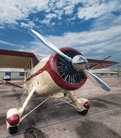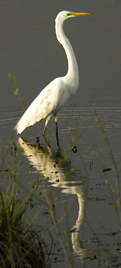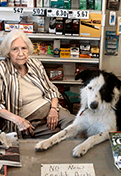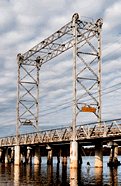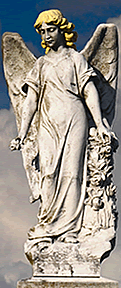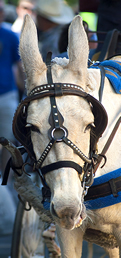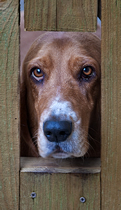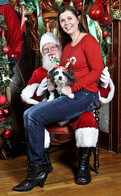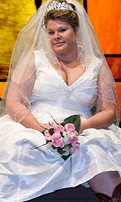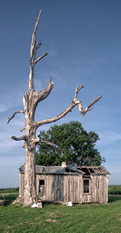An Osprey of Felsenthal
This osprey has already spotted me as Linda Newbury, Lord Mayor of Felsenthal, Arkansas, and wife of my fellow curmudgeon and long-time friend, Jack Newbury, pilots me around the waters adjacent to Felsenthal during the recent Felsenthal Breamfest fishing tournament. We were looking to photograph anglers to feature on the town’s website, when we spotted the osprey. He or she was watching spousal osprey tending a nearby nest.

Sunday, June 23, 2013
Pine Buff, Arkansas
If you like the outdoors, and if you like to photograph critters, and if you like to ride around in a boat, doing all three and finding an osprey within range of your optics is close to Nirvana, a slam dunk and/or a homer 10-feet high and risin’ over the left field fence. All of which supports my core belief that it is always better to be lucky than good. What follows is proof.

Not a Sitting Osprey
We first saw the nest occupied by an osprey. By the time I grabbed the camera, the bird on the nest had departed. I managed to grab an image of the departure. In the meantime, the bird in the tree (top photo) launched and began patrolling the area and casting a wary eye in our direction — which was a positive response to an unsaid prayer. Until we left the proximity of the nest, the bird continued flying protective cover while I clicked away.
The next four pictures, the picks of the litter, were made in the span of a few seconds as the osprey made his (or her) first pass at us, the despised and unwelcome interlopers.




In the 50s and 60s, ospreys along with other species were in dangerous decline due to the detrimental effects of DDT on their eggs. Among other things, the chemical interfered with their ability to produce calcium, resulting in thin-shelled and/or infertile eggs. Once DDT was no longer used, ospreys and other affected birds made a recovery as generations worked the bad stuff out of their systems. And aren’t we ever glad!
If you can’t see an osprey, may I suggest that you see a sparrow, a robin, a “jaybird,” or other feathered critters in your neighborhood and be glad for the opportunity. The principle is the same. The size and diet are the differences.
Nikon D7100, hand held, ISO 200, AF VR NIkkor 80-400mm, f4.5-5.6D, all. Bird in tree, 1/2000 at f5.6;
Nest, 1/1600 at f5.3; Next four images, all, ISO 400, 1/3200 at f7.1. All images captured in Nikon NEF (Raw) format. Post processed in Photoshop® CS6 extended.

See another bird and a few more critters
at Weekly Grist for the Eyes and Mind, to wit: a big ol’ goose, a dragonfly, a squirrel, a dog, and some cows, mostly gathered during a couple of visits to a local park. Click, go and enjoy.











